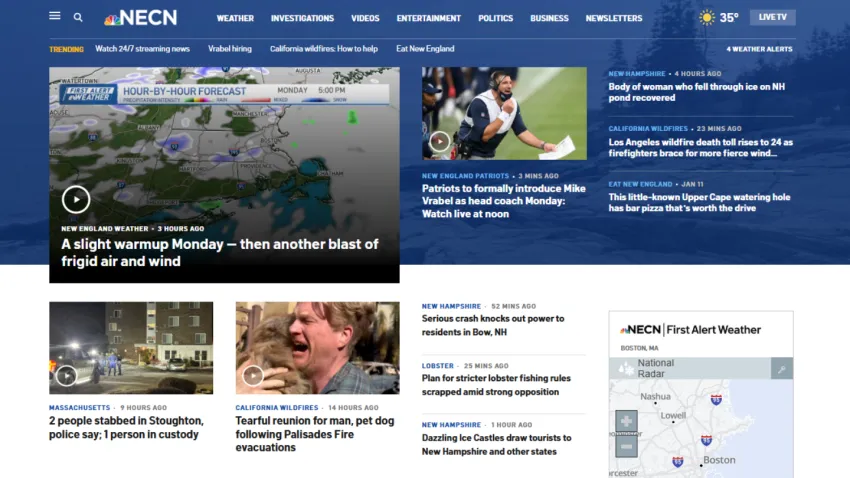
We've said goodbye to NECN.com. Here's where to get your New England news
As of Feb. 13, NECN’s extensive digital coverage is now exclusively available on NBC10 Boston’s website and apps to create one comprehensive, easy-to-find destination for all your New England news, we...



















